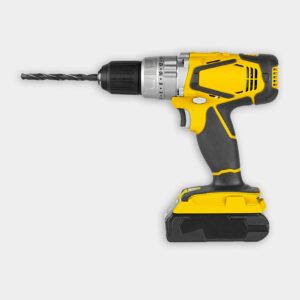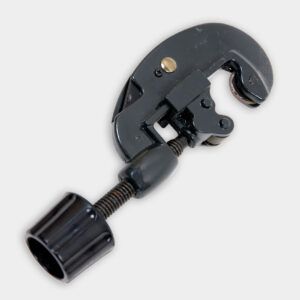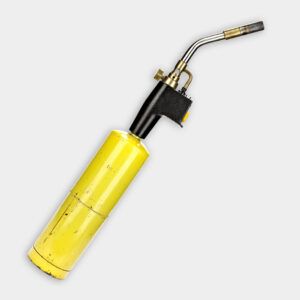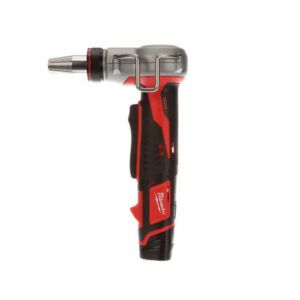Project details
Skill
Cost
Estimated Time
In this video, Heating & Cooling Expert Richard Trethewey helps a homeowner relocate a poorly placed baseboard heater that has been doing very little to heat the space.
The heater is located in what used to be a kitchen but is now a newly renovated family room. The placement used to make sense as it sat across from the cabinets, refrigerator, and sink.
Where Should Baseboard Heaters be Installed?
However, with everything removed, the heater is now placed opposite of the windows. Richard explains that baseboard heating is most effective when it is wrapped around the exterior walls of the house.
He also points out that the baseboard is much shorter than the length of the room and the longer radiator, the warmer the room could get. Richard then demonstrates how to move a hydronic baseboard heater by cutting and rearranging PEX piping. He also installs a high output radiator cover, a little taller than a traditional cover but it also has a higher heat output.
Steps for Moving a Baseboard Heater:
- There are two types of baseboard heaters, electric and hydronic heaters. Figure out what type you have before starting any work. In this case, Richard moved a hydronic heater. Hot water baseboard heaters require some plumbing knowledge, so hiring a professional is advised.
- Shut off the water lines to the particular zone you are working with. Shut off the boiler electric switch. Wait for the lines and baseboard heater to cool down.
- Attach a hose to the drain valve and empty the remaining water.
- Cut the PEX supply and return lines and let them drain into a bucket.
- Remove the baseboard cover and copper pipe and fins.
- Measure where you want the basement heater to go. Remove any baseboard trim from the wall.
- Drill two holes where the pipes will run back down to the mechanical room.
- Install the hydronic baseboard to the desired wall.
- Place the fin tube into the baseboard.
- Richard recommends using expansion cradles to make baseboards quieter when they heat up.
- Make sure both ends of the copper pipe end over the holes you drill. If not, cut the pipe back. Then clean, flux, and solder the copper fitting on both sides.
- Once the solder connections have cooled, it is time to make the PEX connections. Take out the baseboard element to make the next connections.
- Use a PEX expansion ring to slip over the tubing. Then use a PEX expansion tool to expand the sleeve to be able to fit over the copper fitting. Hold for a few seconds until the PEX has shrunk down to the fitting. Do the same to the other side.
- Pick up the baseboard element and carefully put the PEX tubing down the holes that were drilled earlier.
- Make the new PEX connections where the new lines are run.
- Place the baseboard cover on.
- Turn the boiler and water supply back on.
Resources
The homeowners had a baseboard heating system with ¾” PEX lines, which were manufactured by Uponor. To move the baseboard from one side of the room to the other, all Richard needed to do was cut the PEX and move it to the other side of the room.
While Richard could have moved the existing baseboard over, he thought it would be better to install a new baseboard with a taller cover to make it more efficient. The one he installed is a Multi/Pak 80 residential hot water baseboard heater, which is manufactured by Slant/Fin.




